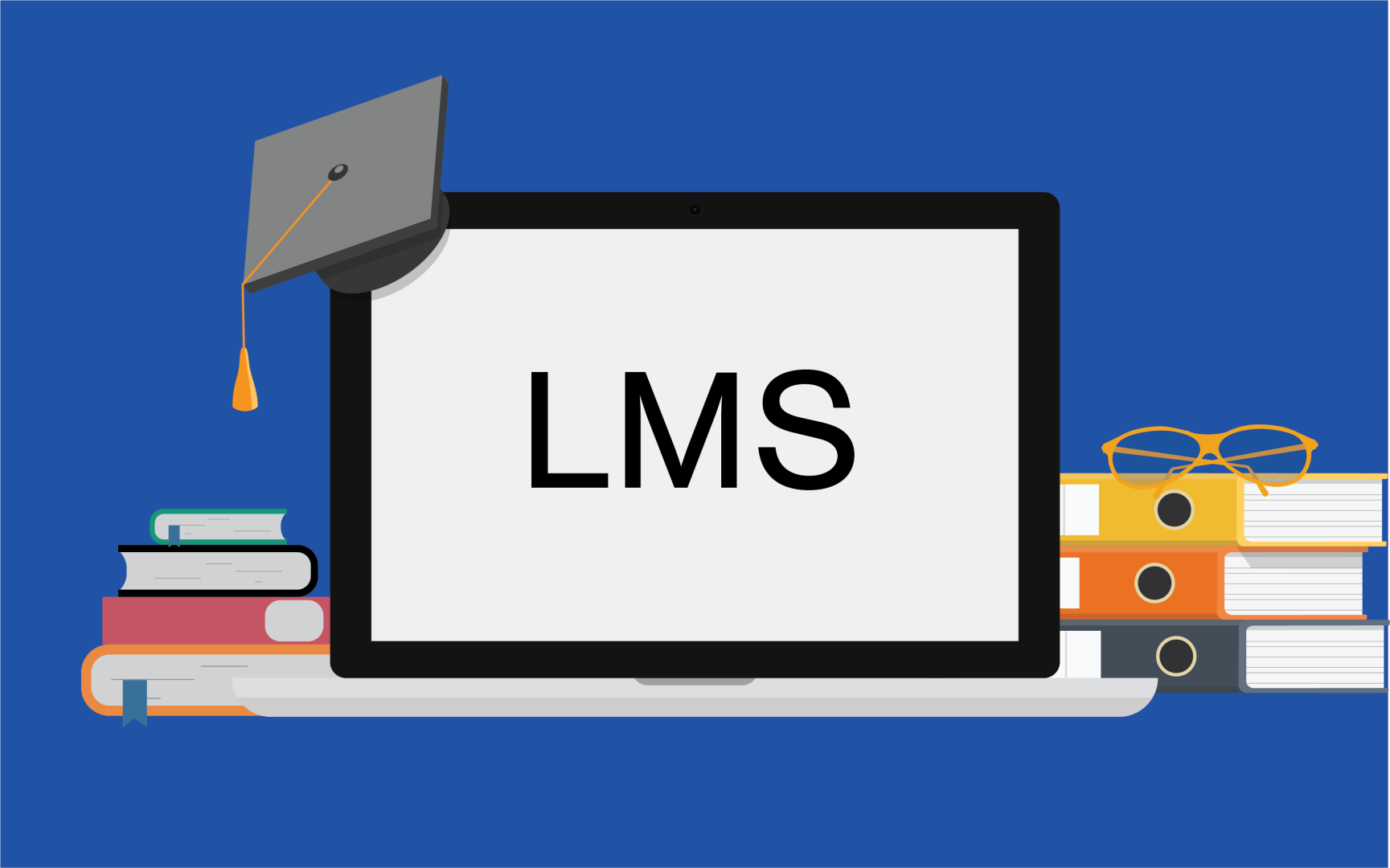Comments
- No comments found

A learning management system (LMS) is a software application or web-based technology used to plan, implement, and assess a specific learning process.
For instance, digital tools like Adobe Connect Learning have made rapid live training delivery with an unparalleled focus on learner engagement. Setting up and configuring an LMS can be complex and time-consuming, but it is essential for creating and delivering effective e-learning courses and materials. This article will discuss the steps involved in setting up and configuring an LMS, including identifying your needs, choosing a platform, and importing and organizing content. Let's look at how to set up and configure an LMS.
Establishing your needs and objectives is the first step in setting up and configuring an LMS. The primary audience for your courses, the sorts of courses and materials you wish to offer, and the LMS's budget and resource allocation are all factors to consider. It is also crucial to take into account the LMS's technical specifications and capabilities, including the type of hosting, system integration, and compatibility for mobile devices. When putting up your LMS, you should also take scalability into account. Do you expect a large number of users to access your LMS, or will it just be used by a select few? Selecting an LMS that can handle your anticipated user load will be made easier for you if you are aware of your scalability needs.

Once you have identified your needs, the next step is to choose an LMS platform that meets your requirements. Many different LMS platforms are available, ranging from open-source to commercial solutions. It is important to compare various platforms to find one that meets your needs and budget and to consider factors such as the user interface, customization options, and support and training resources. Ease of use and support are the two most crucial factors when selecting an LMS platform. Is the LMS easy to use for both instructors and employees? Does the LMS provider offer support, such as training or technical assistance, if you encounter any issues? By carefully evaluating these factors, you can select an LMS platform that meets your specific needs and requirements and ensure that it is properly configured to support your online learning objectives.
After choosing an LMS platform, importing and organizing your content is next. This may include uploading course materials, creating assessments and quizzes, and setting up course schedules and enrollment options. It is important to ensure that your content is organized logically and intuitively to make it easy for learners to access and navigate. For instance, using clear and descriptive titles for your courses and materials will help learners understand the content and purpose of each item and make it easier for them to find what they need.
Finally, you will need to configure the settings and features of your LMS to ensure that it meets your needs and goals. This may include setting up user roles and permissions, configuring communication and notification options, and integrating with other systems or tools. It is also important to test your LMS to ensure that it is functioning properly and to address any issues or bugs that may arise. Following are some key settings and features to consider when configuring your LMS:
Set up user accounts for your learners and instructors, and configure any necessary permissions and access controls.
Configure the structure of your courses, including the order of your materials and any assessments or quizzes you will use.
Set up any communication tools, such as forums or messages, that you will be using to facilitate discussions and collaboration among your employees and instructors.
Customize the look and feel of your LMS to match your brand or style, using options such as custom themes, logos, and color schemes.
By carefully configuring the settings and features of your LMS, you can ensure that it meets your specific needs and goals and is properly aligned with your overall learning objectives.

With careful planning and attention to detail, setting up and configuring an LMS can be a smooth and rewarding process. By following the steps outlined in this article, you can create a powerful online learning platform that meets the needs of your learners and instructors.
Leave your comments
Post comment as a guest